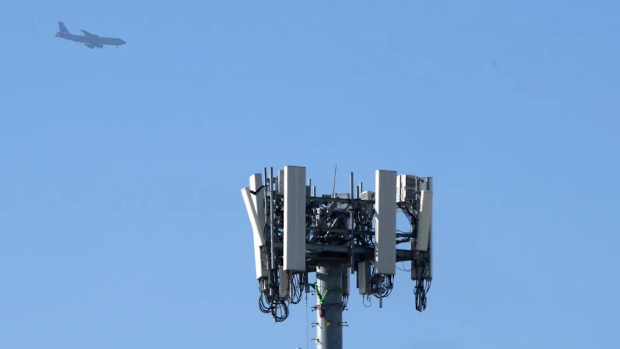
FAA declares 78% of commercial US planes 5G-safe
The US’ Federal Aviation Administration has cleared 78% of US commercial aircraft as safe for low-visibility flight near 5G cell towers.
The FAA included a list of aircraft operating with altimeters that it had cleared for low-visibility approaches around 5G deployments, in an update to its 5G safety note published last week.
The note followed concerns that 5G carriers’ equipment operating in the C band would interfere with the altimeters, which are used during landings when weather obstructs the view. Close proximity between C-band 5G and the frequency used by altimeters, combined with higher power output from 5G equipment, created the interference risk, the FAA said.
The models cleared include all Boeing 717, 737, 747, 757, 767, 777, and 787 craft, along with MD-10 and 11 planes. All Airbus A300, A310, A319, A320, A321, A330, A340, A350, and A380 craft get the green light, as do some Embraer 170 and 190 regional jets.
“The agency has made progress during the last two weeks to safely reduce the risk of delays and cancellations as altimeter manufacturers evaluate data from the wireless companies to determine how robust each model is,” its note said. “This work has shown some altimeters are reliable and accurate in certain 5G areas; others must be retrofitted or replaced.”
Verizon and AT&T had scaled back their planned rollout of 5G equipment, agreeing to a 5G-free buffer zone around 50 US airports and delaying their deployments by two weeks. This followed FAA concerns over the effect of the technology.
Nevertheless, tensions over 5G’s affect on low-visibility flights mounted earlier this week after some airlines began canceling flights following the rollout on Wednesday. Airlines had cancelled over 320 flights by Wednesday evening. However, the effect of the Omicron coronavirus strain, along with a traditionally slower season during January and February, had already impacted passenger numbers, making the situation less dire than it could have been, according to analysts.
Ⓒ Future Publishing







Subscribers 0
Fans 0
Followers 0
Followers